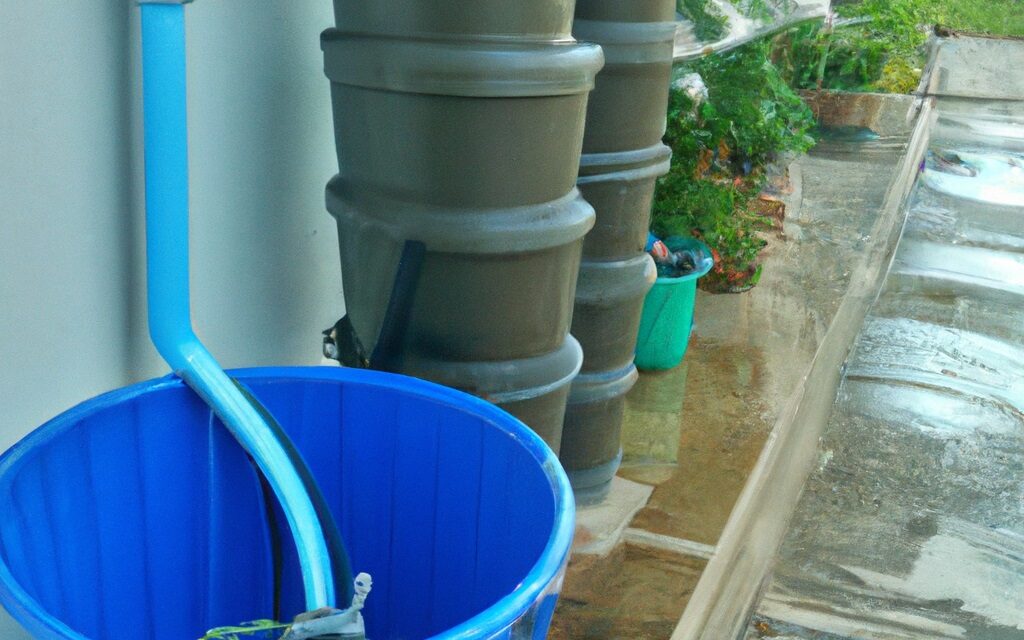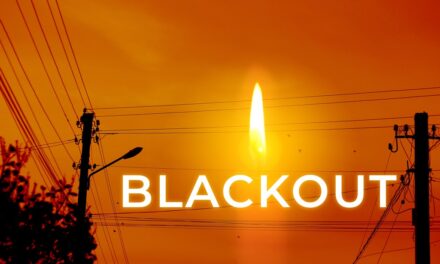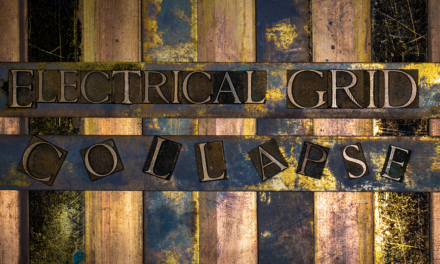Storing and using rainwater for emergency preparedness is becoming an increasingly popular emergency strategy. Rainwater is reliable, sustainable, and economical. Plus, it’s an ideal source of water for storing during drought conditions or in the event of natural disasters. We collect rainwater primarily to use in our gardening, lawn and livestock. It is an efficient and economical system that was easy to build and maintain.
In this article, we’ll discuss the benefits of using rainwater for emergency preparedness and discuss the various ways to create an inexpensive rainwater collection system. We’ll also cover the key elements of treating rainwater to make it safe for drinking and other uses.
The Benefits of Rainwater for Emergency Preparedness
 Storing and using rainwater for emergency preparedness comes with many benefits. Rainwater is an abundant renewable resource and can be harvested and distributed efficiently, making it an ideal source of water in the event of drought or natural disaster. Additionally, because it’s separate from the public water supply, it reduces the strain on public water sources in the event of a crisis. Lastly, rainwater is generally free, making it an economical option for storing large supplies of water.
Storing and using rainwater for emergency preparedness comes with many benefits. Rainwater is an abundant renewable resource and can be harvested and distributed efficiently, making it an ideal source of water in the event of drought or natural disaster. Additionally, because it’s separate from the public water supply, it reduces the strain on public water sources in the event of a crisis. Lastly, rainwater is generally free, making it an economical option for storing large supplies of water.
How to Build an Inexpensive Rainwater Collection System
Building an efficient and inexpensive rainwater collection system is an easy process. Start by finding a suitable location near a downspout and level it off to provide a stable foundation for the rain barrel you’ll be using.
Next, gather the necessary materials for collecting and storing rainwater, such as a metal or plastic barrel, a hose, and a lid. If you don’t already have these supplies, you’ll need to purchase them. Place the tank beneath the downspout and connect the hose to the tank. Your tank should now be ready to collect rainwater.
Do I Need to Treat Rainwater?
Rainwater can be used for a variety of everyday activities, but it should not be used for drinking unless it has been treated. If you’re short on supplies or don’t have access to other water sources, you may be tempted to drink the rainwater, but this can be harmful to your health. To make the rainwater safe for ingesting, it should be treated with chemicals like bleach, iodine, or chlorine to kill any harmful viruses or bacteria.
Conclusion
Using rainwater for emergency preparedness is a smart solution that is reliable, sustainable, and economical. Building an efficient and inexpensive rainwater collection system is relatively simple and requires minimal supplies. When using rainwater, it’s important to remember that it should be treated before drinking, as untreated rainwater can contain harmful viruses and bacteria. By following these guidelines, you can rest assured that you’re taking the right steps toward preparing for an emergency situation.








